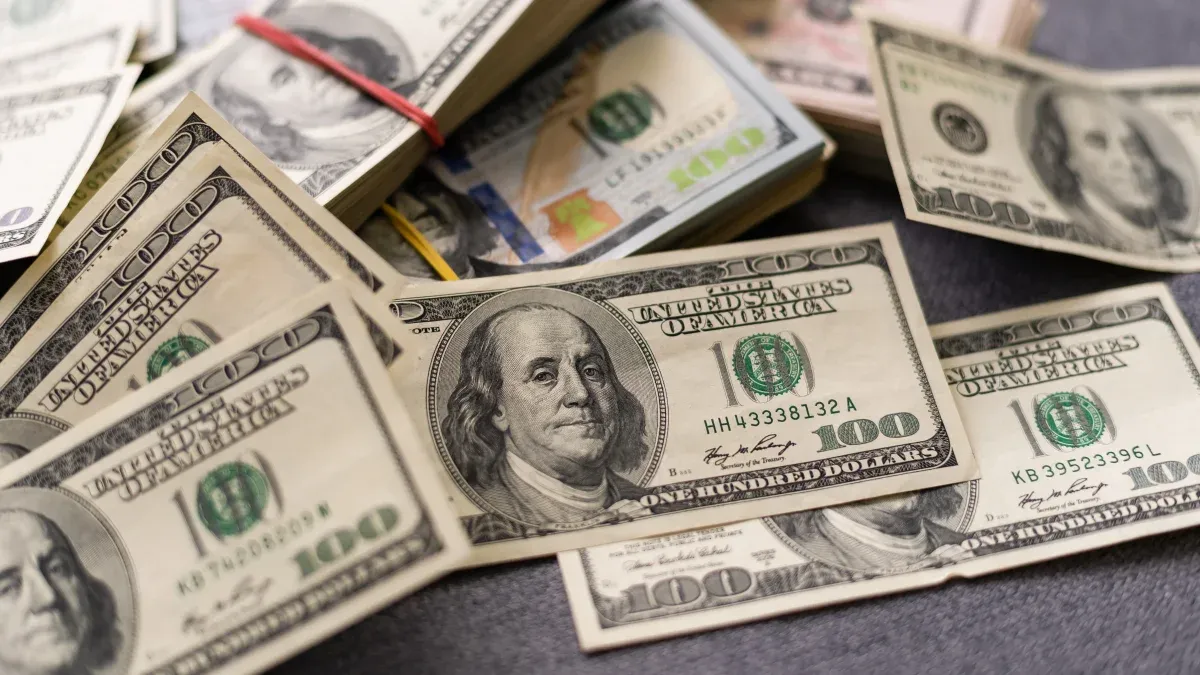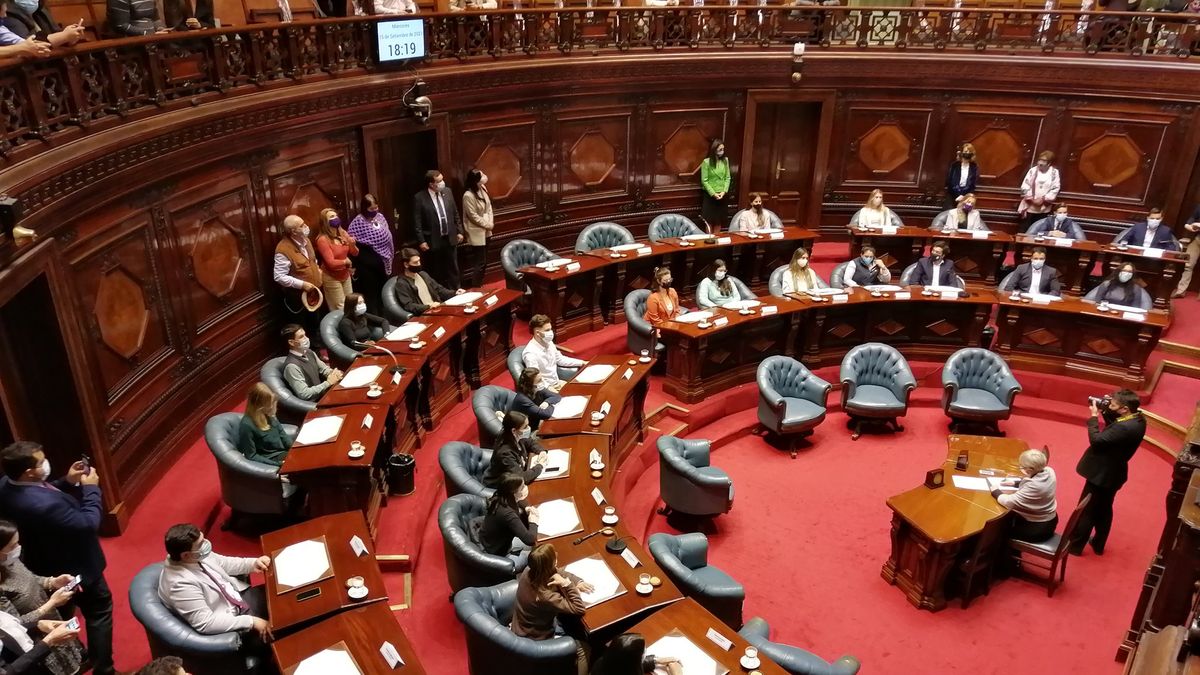On the first day of the Milei era, the Central Bank that remains with the previous authorities in the midst of the transition decided to apply the rule of prior compliance to all operations. What does it mean?
On the first day of the Milei era, the Central Bank that remains with the previous authorities In the middle of the transition, it decided to apply the prior compliance rule to all demand operations that are carried out through the exchange market. In this way, exchange operations will be analyzed and processed “based on priorities,” which makes this Monday a virtual exchange holiday.
The content you want to access is exclusive to subscribers.
Without announcements from the new economy minister, Luis Caputo, The market has already realized that this Monday there will be no jump of the dollar wholesaler which today falls $18.95 (-4.92%) and is sold at $366.05. This causes the volume to be very low and the market to be operating in a limited manner.


Wholesale dollar: what happened to this Monday’s contracts
Last Thursday, before the holiday, the wholesale dollar jumped 5.86% to $385 based on market value. In reality, this was mainly due to some contracts that made importers to a dollar of up to $500 for this day, taking into account the possible devaluation that would occur in the Milei era. However the central bank did not validate it and officially confirmed that on Thursday it closed to $364.41.
Wholesale Dollar: what happened to the crawling peg
Normally, on each holiday the Central Bank used to adjust the crawling peg with the previous administration of the Central Bank. However, official sources confirmed that it makes no sense to talk about “micro devaluation” today because operations are not being carried out, in agreement with the incoming management that will be led by Sebastián Bausili.
Dispersion between the wholesale dollar and the retail dollar
Today, the wholesale dollar falls $18 and operates at $366.05, however the retail dollar rises $37.88 to $438.38. It is worth remembering that the retail dollar is the exchange rate without taxes and is the one that companies buy or sell to the bank to import. Meanwhile, the wholesaler is the one used for foreign trade, the payment of dollarized debts and dividends. Theoretically, it is the one that affects the setting of prices for imported products.
This dispersion, according to the operator Gustavo Quintana in dialogue with Ámbito It comes on account of what happened on Thursday with the wholesale price in the market. “The BCRA at one point left the market and they were operating at the market price of $385. That same Thursday the BCRA was in charge of clarifying that it was not going to validate that price.” He then clarifies that in SIOPEL there is a purchase position of 1 million and another of 50 million at $366.05. “Only those that have to operate due to regulatory issues operate.”
Exporter dollar: what happens from today
As of this Monday, the exporter dollar which allowed containing the volatility of the Cash with Settlement dollar (CCL). On this day, the financial dollar operates below $1,000.
“We do not rule out that, once the economic plan is announced and if the immediate exit from the stocks is postponed (this discounts the market and seems to be the base scenario), the official dollar could rise 87% to the effective $682.2 of the now extinct “dollar.” exporter” last Thursday (50% to the BCRA 3500 of $364.4 and 50% to the CCL of $1,000), which would leave an exchange gap of around 47%,” they expressed from PPI.
Source: Ambito
I am a 24-year-old writer and journalist who has been working in the news industry for the past two years. I write primarily about market news, so if you’re looking for insights into what’s going on in the stock market or economic indicators, you’ve come to the right place. I also dabble in writing articles on lifestyle trends and pop culture news.




